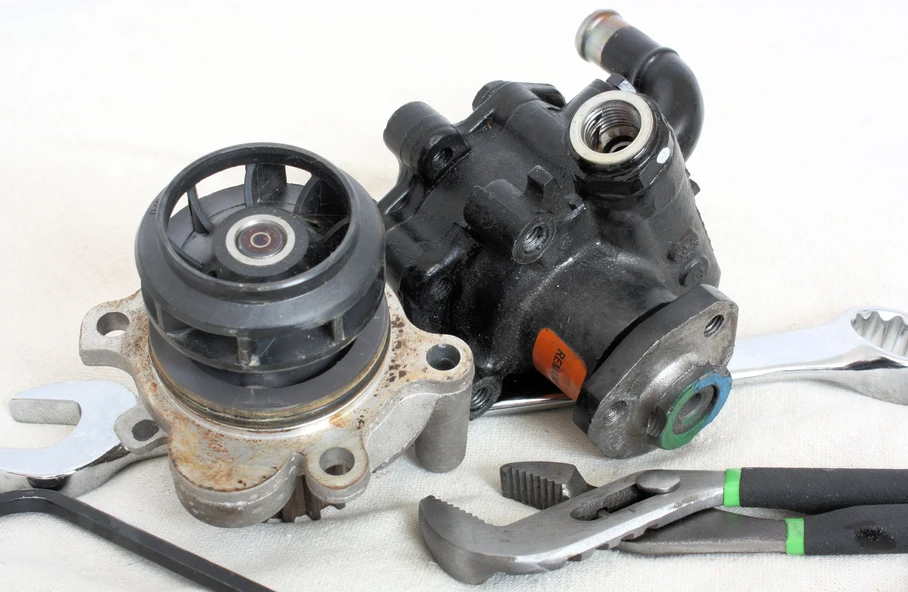Navigating the Choices: OEM, Aftermarket, and Used Car Parts
When your vehicle needs a repair or replacement part, the options can sometimes be overwhelming. Three common choices are OEM (Original Equipment Manufacturer), aftermarket, and used parts. Let’s break down the differences, advantages, and potential drawbacks of each to help you make an informed decision.
1. OEM (Original Equipment Manufacturer) Parts:
Description:
These parts are made by the vehicle’s manufacturer or its authorized producers.
Advantages:
- Quality Assurance: Being designed specifically for your vehicle, OEM parts usually guarantee a perfect fit and optimal performance.
- Warranty and Support: Most OEM parts come with a warranty, ensuring peace of mind.
Drawbacks:
- Price: They’re often more expensive than other options.
- Limited Variety: Since they’re designed to original specs, there’s no variety in performance or features beyond what the manufacturer offers.
2. Aftermarket Parts:
Description:
These parts are produced by companies other than the original manufacturer.
Advantages:
- Price: Generally cheaper than OEM parts.
- Variety: A wide range of options in terms of quality, features, and performance levels.
- Availability: Often more readily available than OEM parts.
Drawbacks:
- Quality Variability: The quality can be hit or miss. Some aftermarket parts might be superior to OEM, while others may be subpar.
- Overwhelming Options: With so many brands and quality levels, choosing the right part can be daunting.
- Potential Warranty Issues: Some aftermarket parts can void your vehicle’s warranty.
3. Used (or Salvage) Parts:
Description:
These are parts taken from another vehicle, often from junkyards or salvage dealers.
Advantages:
- Cost-Effective: Significantly cheaper than both OEM and many aftermarket parts.
- Eco-Friendly: Reusing parts reduces the demand for new manufacturing, promoting sustainability.
Drawbacks:
- Wear and Tear: These parts have been used before, so they might not have as long a lifespan left.
- Limited Warranty: If there’s any warranty at all, it’s typically much shorter than that for new parts.
- Search Time: Finding the exact part in good condition can sometimes be time-consuming.
In Conclusion:
The right choice among OEM, aftermarket, or used parts depends on your specific needs, budget, and priorities. If you prioritize brand-new quality and fit, OEM might be your best bet. If you’re budget-conscious and willing to search, used parts could be a viable solution. And if you’re looking for a balance between cost, quality, and variety, aftermarket parts might fit the bill. Regardless of your choice, always consult with a trusted auto professional to ensure the best outcome for your vehicle.

